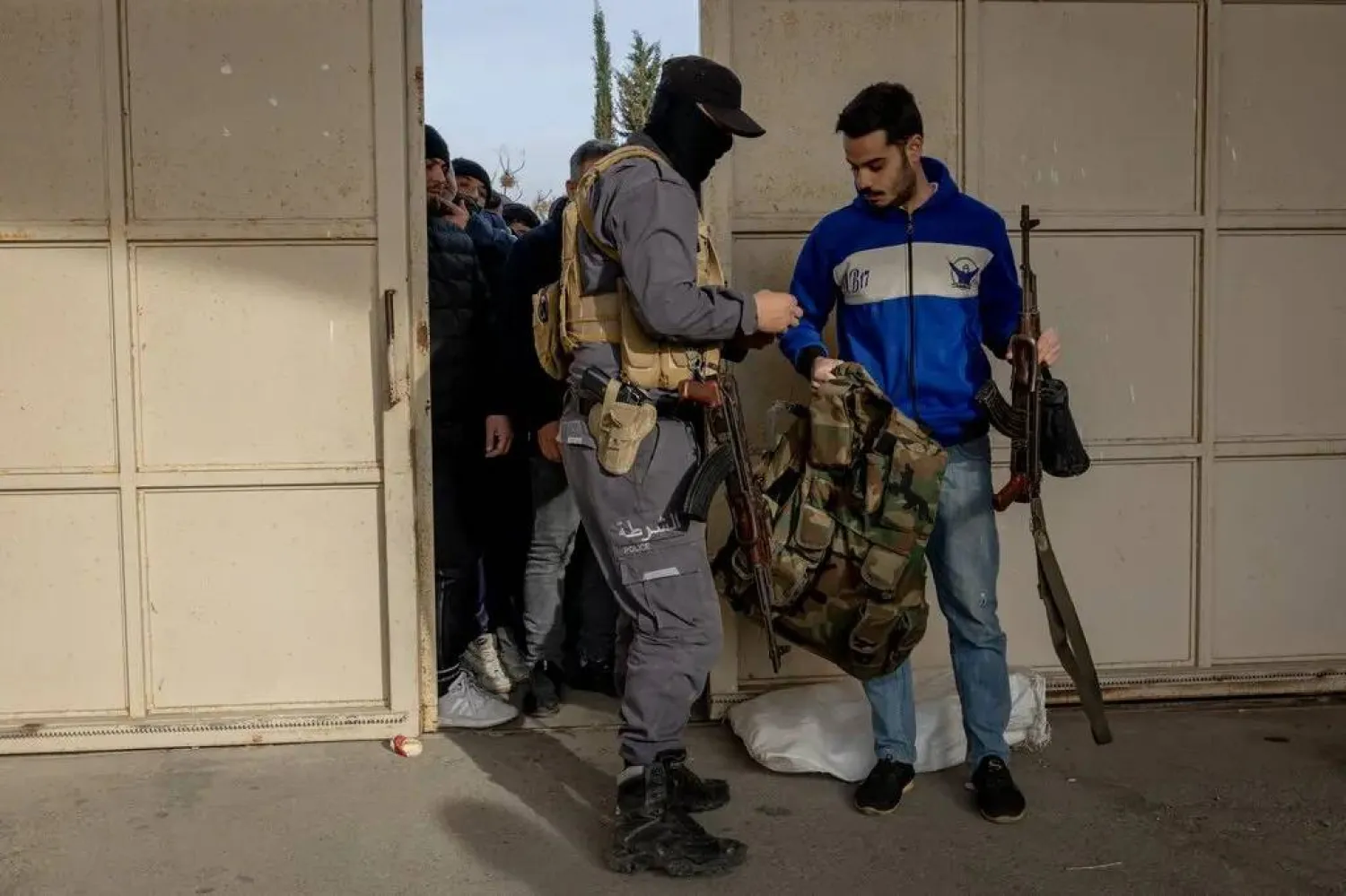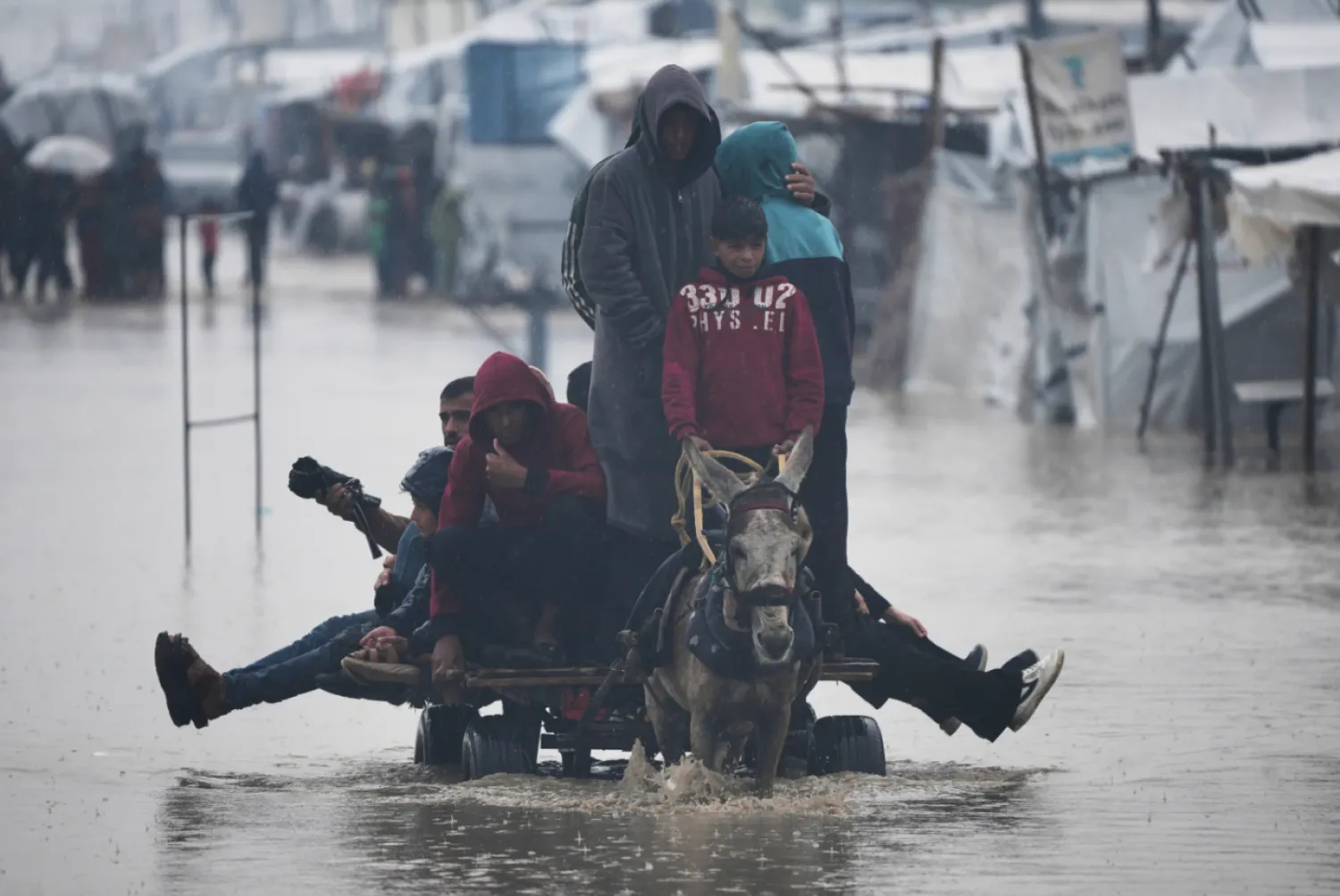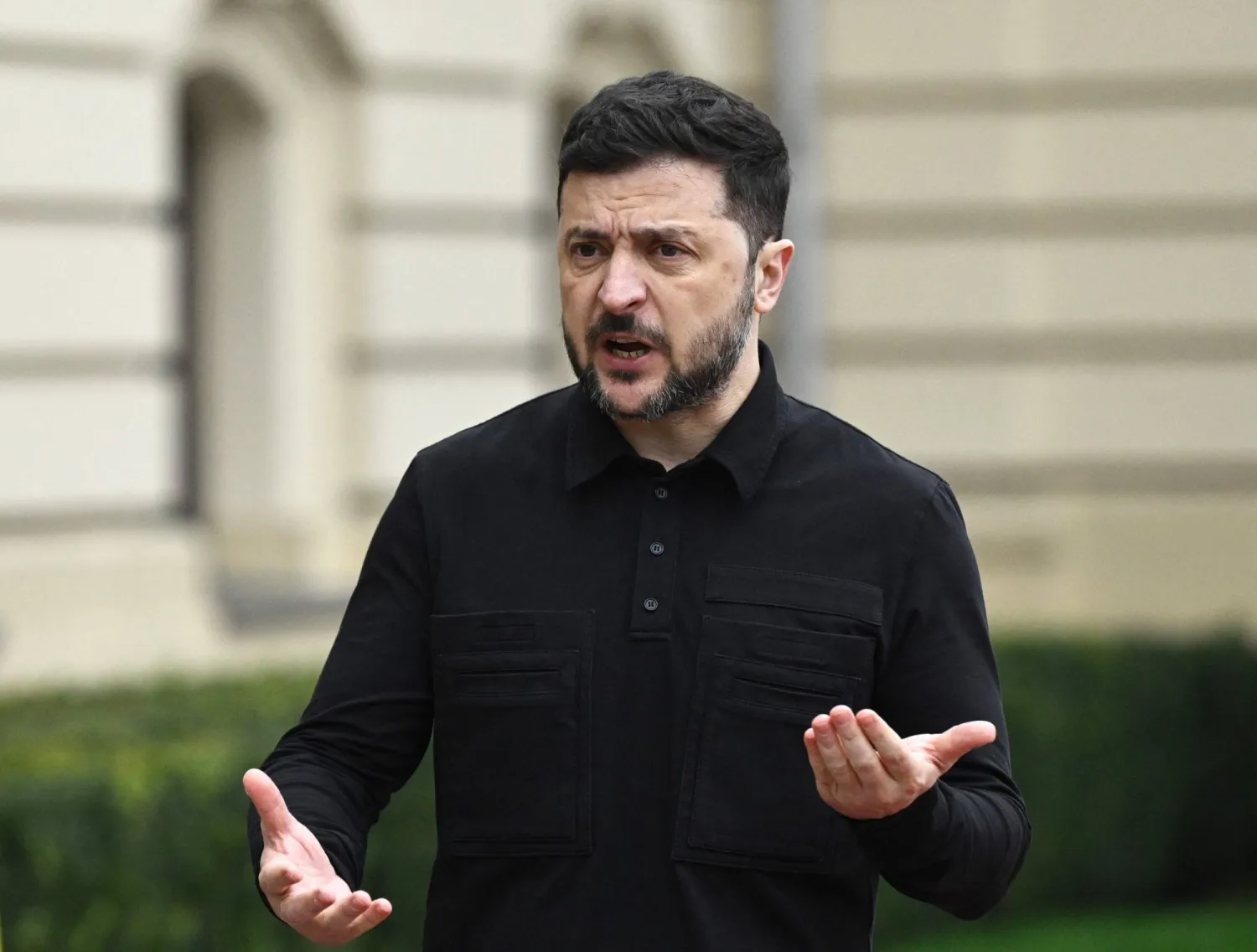Every article, history book and documentary about the formation of Greater Lebanon is accompanied by the image of General Henri Gouraud at Beirut’s famed Pine Residence on September 1, 1920. The representative of the French Government in the Middle East is photographed seated next to Maronite Patriarch Elias Peter Hoayek to his right and Grand Mufti of Beirut Sheikh Mustafa Naja to his left.
The celebration was the culmination of a long arduous journey by the Maronites in wading through the Eastern Question that had plagued the West throughout the 19th century. Hoayek, the sect’s most prominent leader at the time, demanded that the new Lebanon include Maronites and other sects.
Today the story of how Greater Lebanon was formed seems to belong to a different world as the current Lebanon seems to have preserved very little of its roots. The story of how the map of the new Lebanon was drawn up by joining various provinces (and rejecting others due to sectarian issues) is irrelevant. Irrelevant now are the stories of exiled Lebanese in France and Egypt (such as Beshara al-Khoury, Michel Chiha and Youssef al-Sawada), who worked to reap as much independence from the French and British alike, and steer Lebanon as far away from Prince Faisal’s government in Damascus.
The reconciliation conferences and peace treaties that were held to divide the Ottoman Empire and opting for French mandate over Faisal’s rule are limited to history books because they are contentious issues that the Lebanese, to this very day, are still divided over. Some have speculated over the possible alternatives at the time to the Greater Lebanon, such as remaining part of the Arab Kingdom that Faisal tried to set up in Syria.
Necessity demanded that Hoayek accept to include new provinces to the Lebanon Mutasarrifate. It was said that fears of a repeat of the 1915 famine, which was sparked by the Turks – according to the official Lebanese story – and that is blamed on the Allies who imposed a siege of the empire’s ports – according to the Turkish story, forced the patriarch to include the Bekaa Valley in the new Lebanon. The Bekaa would be seen as the new bread basket for the new country. The inclusion of the North and South each had their own stories for becoming part of Greater Lebanon.
History after geography
After completing its geography, Greater Lebanon needed economic jobs and an independent history that sets it apart from the rest of former Ottoman territories. It was no wonder that the majority of Lebanon’s Phoenician history was “discovered” by Christian Lebanese writers during the French mandate. They believed that relying on French strength and culture in a country that was marching towards independence was unacceptable. It was therefore, pressing to “suggest” a different history to the former Ottoman state. They sought a history several thousands of years old that predates Christianity and Islam – a history that the people can relate to and steers them away as much as possible from the ethnic groups that surround them in the region.
These words do not support Arab nationalist and Baathist claims that Lebanon is an “artificial entity” or a “historic mistake” that is destined to return to its natural fold in the imaginary greater Syria. Everyone must keep in mind that all the countries of the Arab Mashriq, or eastern part of the Arab world, were drawn up by minor French and British colonial officers. This is the case of Lebanon, Syria, Iraq and Jordan. The crises in this region and the fragmentation of these states are but a late confirmation of the artificial nature of these countries and the instability among its people. Lebanon set itself apart from the region with its semi-democratic system and ability to maintain its identity.
Lebanon’s ability to survive was first based on its history of relations with the West, whether cultural, religious or economic, or through the sectarian civil wars that began in the mid-19th century. The Christians in the Chouf area at the time shed their clan mentality and transformed into a self-aware group under the patronage of the Maronite Patriarchate. Without having to go into the endless debates over Christian “uniqueness” or their political and cultural superiority over their Druze and Muslim neighbors, we must say that the Christian issue found its place among western powers. These powers did not hesitate to benefit from them as they sought to divide the Ottoman Empire.
This story is not enough to justify the Maronites’ political, economic and cultural hegemony over the new Lebanon. It needs a united fabric that unites all people under common goals and values. Instead of writing the histories of regions, sects and Ottoman states, attempts were made to write a national history. The Phoenicians were cited because they built a great naval empire and set up colonies along the coasts of Iberia and Africa. They also created the alphabet. However, the state of affairs along the Lebanese coast in the early 20th century told a different story. They told stories of protests in the mountains and resisting invaders. This is where we can speak of Christian-Druze partnership.
The relations between the mountainous region and coast began to emerge. During the French mandate, the coast was the center of the Lebanese entity. The Muslim merchants who dotted the coast sought refuge in the mountains to escape oppression. They returned to the coast, not to escape sectarian war massacres, but to resume their historic role as global merchants.
After the independence in 1943, the history had to be expanded to include Lebanese who did not leave the coast. Historians, such as Fouad Ephrem Boustany, artists and intellectuals from all fields played a major role in promoting the image of a Lebanon that is open to the world and its surroundings. A Lebanon that embraces a wide moderate political leadership that avoids animosity with any foreign power, except when it comes to defending its nation. It was understood that such a leadership must remain in the hands of the Christians because they were most sophisticated and similar to western culture, and because they were a minority in a sea of Muslims who, according to official accounts, have not abandoned their plan for a united Arab nation.
Here we can cite a number of developments that prove or contradict this view, such as the 1958 limited civil war or the developments of 1969, leading up the clashes between the Lebanese army and Palestinian fighters, with whom the Lebanese Muslims and leftists sided. The 1975-90 civil war ultimately destroyed the old Lebanese state and only ended with the Taef Accord that established a new pact between the Lebanese.
Economy
The Lebanese economy was shaped according to the political powers that emerged during and after the French mandate. It was based on trade, a modern banking system and services, such as tourism and higher education. This system reaped huge benefits at a time when Arab nations were embroiled with their own internal disputes and as the Arab-Israeli conflict emerged. The system’s weakness did not lie in impoverishing the Lebanese society or deepening class divide, especially as politicians sought to take advantage of regional conflicts by attracting foreign capital and Arab oil that began to flow in the 1950s. At the same time, Lebanon preferred to steer clear of the Arab-Israeli conflict, opting for an unofficial neutral position.
This Lebanese example, however, failed to notice that borders could not keep out regional and international crises. The settlement that ended the 1958 “revolt” crumbled before the 1967 war that radically changed the region. The war allowed the armed Palestinian resistance – and the Arab exploitation of this movement – to seep into the fragile Lebanese equation. The Palestinian presence sped up the collapse of the 1943 example, which was already showing cracks. The political and economic systems could no longer meet the demands of the new segments of Lebanese people who were discovering what the state was depriving them of: schools, hospitals and peace amid the late 1960s Israeli attacks against armed Palestinian groups.
Lebanese writers at the time noted a predicament: If Lebanon became increasingly involved in the Arab-Israeli conflict, it will be the weakest link among the Arab countries and will expose itself to destruction. If the left demanded social justice and equality between the people, then the risk of civil war, which can only be sectarian and destroy all of society, will increase. This contradiction remains to this day.
Collapse and rise?
The three decades that followed the end of the civil war in 1990 can be described as repeated attempts of building that took place in the 1920s. They relied on the same economy and culture amid an altered political equation that was imposed by regional and demographic realities. The Christians were no longer “first among equals”, but the Syrian regime’s hegemony was imposed on them and they were treated the same way as a society under occupation. They were forced to become followers and were marginalized. The Christians have not yet forgotten that the Syrians allowed the Muslims, who also took part in humiliating them, to occupy political, economic and cultural posts that were reserved for them before the war.
The collapse of the world the Christians had grown accustomed to, the change in the West’s priorities and the disappearance of the traditional right culture that they relied on in promoting their cultural superiority rendered a failure attempts by their largest movement to restore their former positions. As a consequence, some sought to align themselves with the very force that was at the core of the alliance that defeated them. This was demonstrated in the alignment with the power that emerged as the most powerful in the equation that has ruled Lebanon since the 2005 Syrian troop withdrawal.
This process accelerated the fragmentation that emerged with the end of Lebanon’s economic world in a region whose countries have topped it in fields it used to excel at. Lebanon was no longer a port, university, bank or nightclub. After the Arab revolts and wars, it was no longer a postbox for warring parties or an arena for tensions that have found vaster areas for open conflict. The rampant corruption of every aspect of life in Lebanon is but a sign of the country’s loss of the high standing it enjoyed in the past. It is now controlled by sectarian leaders who are experts at looting public funds at an even greater scale before and during the civil war.
These practices ultimately led to the collapse of the Lebanese state in 2019-20 and its transformation of a failed country where only instruments of violence, internal oppression and sectarianism remain. The state is now limited to preserving itself out of fear of any change in the political system that would dash the “achievements and victories” and “restore the rights of Christians” that some sides of the new alliance drone about.
This has become part of the daily rhetoric in Lebanon. The country is now marking its first centennial as it experiences a low that it had never reached throughout a century that was rife with wars, turbulence and ordeals. Is this really the end of this entity?
The situation in Lebanon is completely bleak and it is scrambling to find a way out of its plight. The people persevere as demonstrated by the millions who are still on this land and finding salvation on their own. These people will not die. They may not have a bright future any time soon without resolving sectarian political problems and disputes over representation in rule and building a new economy. Who are the social powers that have an interest in ending the sectarian equation that has granted a large segment of Lebanese, for long decades, protection from real or illusory dangers posed by other sects?
The October 17, 2019 revolution did not come up with the desired answer. The movements that followed the August 4 Beirut port blast have been met with the stubborn authority that can still stir sectarian sentiments and mobilize its blind followers.
Does this all mean that the story of Lebanon has come to an end? If yes, what is the entity that the people who call themselves Lebanese live in? At any rate, the process of recreating another Lebanon is one that the Lebanese are pinning their hopes on. Some difficult lessons appear necessary, not for the uncaring world or for a message that won’t lead anywhere, but for the Lebanese and their right to live like the other peoples of the world, nothing more.









